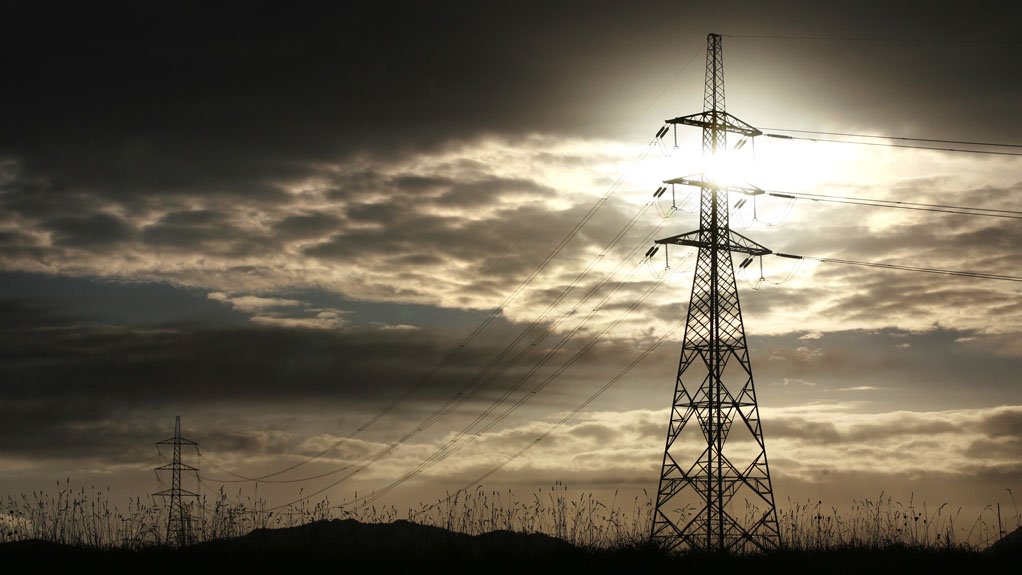Africa power transmission set for investment wave, says UK development bank BII
Power grids vital to expanding access to energy in Africa and transitioning to cleaner sources are poised for a growing wave of funding that governments should prepare for, according to the UK development bank British International Investment.
“Transmission in terms of capital needed is the next evolution that is waiting to really take off,” Chris Chijiutomi, BII’s managing director and head of Africa, said in an interview in Cape Town Thursday. That’s because grid upgrades on the continent were typically financed with loans from the World Bank or other agencies, “but as the governments’ fiscal position has got worse” there’s been a realization that there aren’t enough funds, he said.
Private investors have seen the opportunity. Kenya signed a $736-million deal with Adani Energy Solutions Ltd. for the construction of three power lines and is in talks with others to build more. Two-thirds of countries surveyed on the continent ranked grid expansion high in their energy access plans, according to BNEF research.
BII’s annual investment plan through 2026 allocates up to $500-million per year in Africa for climate finance, which includes renewable energy investment.
The bank has already made investments in transmission infrastructure including 460 kilometers (286 miles) of power line in northern Mozambique and substations in Uganda. South Africa, the most industrialized nation on the continent, will need private sector investment to strengthen the grid before it can significantly reduce a dependence on coal that’s burned to generate more than four-fifths of electricity production, according to Chijiutomi.
South Africa’s state-owned Eskom Holdings SOC Ltd. needs to build and fund a R390-billion ($22-billion) expansion of the national grid within the next decade.
Across the continent BII is “not seeing many” gas projects emerge, while countries are focusing more on renewables and batteries, Chijiutomi said, adding that much of the population remains far from a grid. “There’s still a continual role for decentralized power: solar panels on people’s roofs, solar solutions to power phones, to power small shops, to take away the utilization of diesel-fired generators.”
In terms of global trends, India is embracing so-called round-the-clock renewables where wind and solar power along with battery storage provides ongoing supply, he said. “That I think is going to come into Africa at some point.”
Article Enquiry
Email Article
Save Article
Feedback
To advertise email advertising@creamermedia.co.za or click here
Comments
Press Office
Announcements
What's On
Subscribe to improve your user experience...
Option 1 (equivalent of R125 a month):
Receive a weekly copy of Creamer Media's Engineering News & Mining Weekly magazine
(print copy for those in South Africa and e-magazine for those outside of South Africa)
Receive daily email newsletters
Access to full search results
Access archive of magazine back copies
Access to Projects in Progress
Access to ONE Research Report of your choice in PDF format
Option 2 (equivalent of R375 a month):
All benefits from Option 1
PLUS
Access to Creamer Media's Research Channel Africa for ALL Research Reports, in PDF format, on various industrial and mining sectors
including Electricity; Water; Energy Transition; Hydrogen; Roads, Rail and Ports; Coal; Gold; Platinum; Battery Metals; etc.
Already a subscriber?
Forgotten your password?
Receive weekly copy of Creamer Media's Engineering News & Mining Weekly magazine (print copy for those in South Africa and e-magazine for those outside of South Africa)
➕
Recieve daily email newsletters
➕
Access to full search results
➕
Access archive of magazine back copies
➕
Access to Projects in Progress
➕
Access to ONE Research Report of your choice in PDF format
RESEARCH CHANNEL AFRICA
R4500 (equivalent of R375 a month)
SUBSCRIBEAll benefits from Option 1
➕
Access to Creamer Media's Research Channel Africa for ALL Research Reports on various industrial and mining sectors, in PDF format, including on:
Electricity
➕
Water
➕
Energy Transition
➕
Hydrogen
➕
Roads, Rail and Ports
➕
Coal
➕
Gold
➕
Platinum
➕
Battery Metals
➕
etc.
Receive all benefits from Option 1 or Option 2 delivered to numerous people at your company
➕
Multiple User names and Passwords for simultaneous log-ins
➕
Intranet integration access to all in your organisation



















